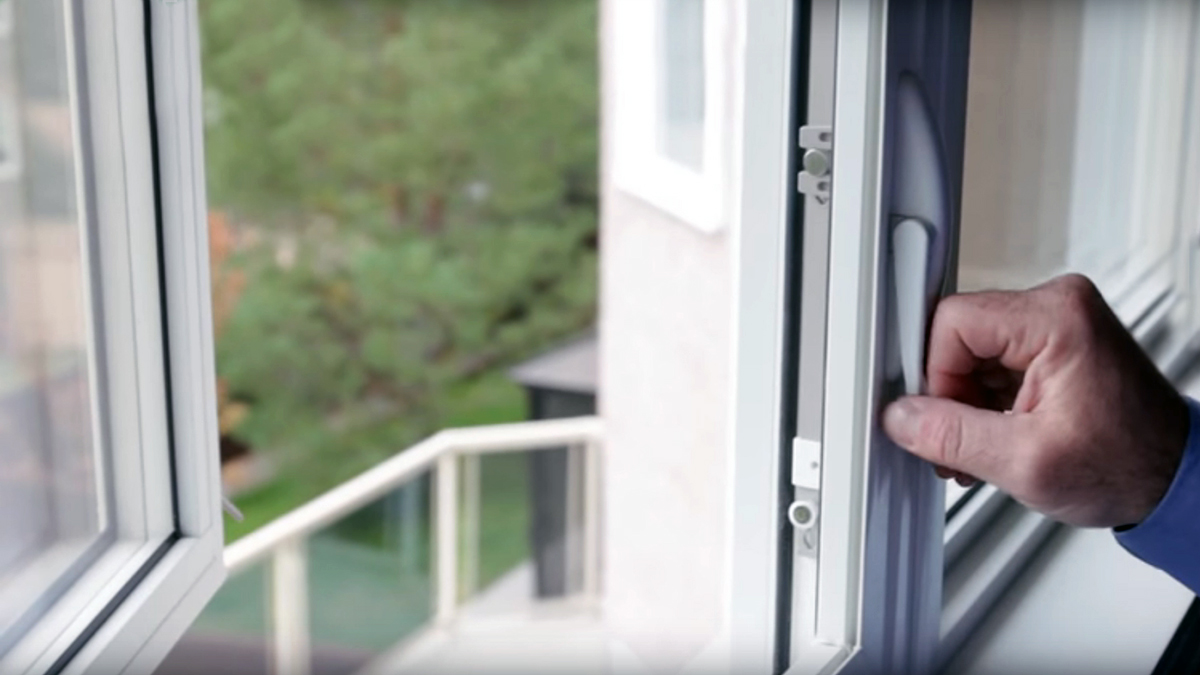Synthesizing existing behavioral models on occupant interaction with windows.
Status: Completed
Funding Sources: CBE Energy Consortium
Project Objective
Summarize and synthesize in one place research to date on window-opening behavior models and factors that drive window use.
Significance to Industry
One of the common concerns about operable windows is uncertainty about how it affects overall building operations. More accurate models of window-operating behavior allow designers to have a better idea of what might happen before a building is constructed. Understanding the factors that influence individuals’ behavior also enables designers and building managers to more effectively encourage optimum strategies.
Research Approach
We conducted a literature review of existing models of window-opening behavior for energy simulations. Although they vary greatly in complexity and inputs, all of the models are probabilistic and use indoor or outdoor as a major parameter. We found other models that include time of day as an input because people are more likely to open windows when they arrive and close them when they leave. Others include wind, insolation, or season. Still others consider whether the window is currently open or closed because windows can be operated infrequently and are likely to stay the same state.
The models that we found are mostly based off of data from naturally ventilated buildings, which presents a problem for mixed-mode buildings. While window-opening behavior is likely to be similar in these buildings, informational control systems, automatic window controls, and switchover operation are likely to have an effect as well.
Even for naturally ventilated buildings, a challenge is that the models we investigated are probabilistic, while energy simulation tools take deterministic inputs. This literature review was a foundation for us to write a pre-processor that takes weather files and generates an EnergyPlus schedule of window opening based on outdoor temperature, time of day, and season (see Low Energy Cooling in California). However, this strategy does not work for all variables included in the published models.
Publications and Reports
Ackerly, K., L. Baker, and G. Brager, 2011. Window Use in Mixed-mode Buildings: A Literature Review. CBE Summary Report, April.
Borgeson, S., and G. Brager, 2008. Occupant Control of Windows: Accounting for Human Behavior in Building Simulation. CBE Internal Report, October.

